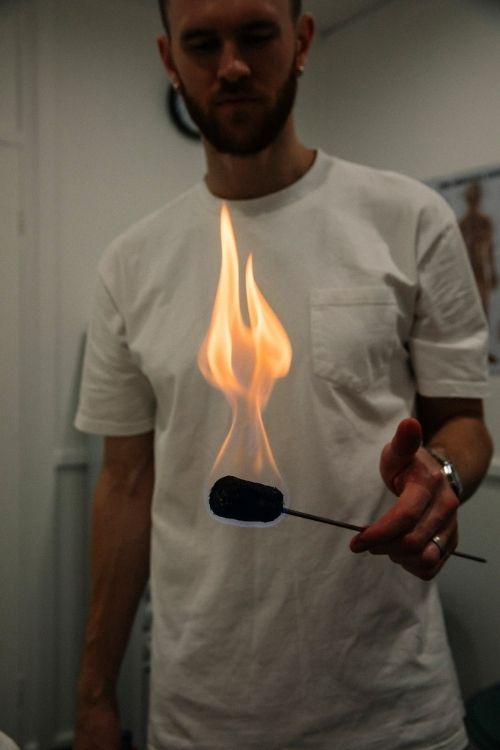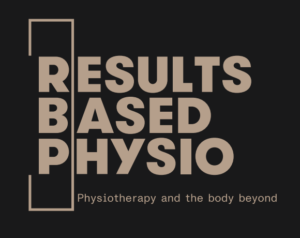The back does much of the heavy lifting in a person’s day-to-day life. From holding the body up straight and containing the important nerves and muscles in the spine to moving with every step, it’s possibly the most critical part of the human body.
But while the back is so important, it’s also susceptible to neglect and injury. And since your back’s movement is part of almost everything you do, the pain can seriously affect your daily life.
When you’re experiencing back pain, you want to find a solution that relieves pain and strengthens the muscles in your back. Luckily, physiotherapy for back pain could be an option for you! But is it the right option, and what does it involve? We have the answers for you here!
The Causes of Back Pain
Back pain is an issue that affects people around the world. A 2010 global study found it’s one of the top ten diseases. How did we get here, and why do so many of us have to deal with this discomfort?
Here are some common reasons why you may suffer from back pain:
- Postural overload — general muscular stress and inflammation due to prolonged postures such as sitting and standing still for long periods of time
- Muscle ligament or strain — this injury to your muscles can occur for many reasons, such as a car accident, awkward movement, or regular physical strain.
- Arthritis — if you experience osteoarthritis in your back, this will usually cause aches and pain in your lower back. It may even cause a narrowing of the spine after years of having arthritis.
- Injured disks — disks are the cushions in your spine between each vertebra. If the disks bulge or rupture due to trauma, for example lifting, this can cause acute discomfort and soreness in your lower back.
- Osteoporosis — this bone disease occurs when your body doesn’t have enough bone mass (either you have lost some, makes too little of it, or both), which can contribute to a sore lower back
Physical Therapy and Pain Relief
As you can see, there can be many different reasons for back pain. Despite the various root causes, physiotherapy can often help.
Physiotherapy is a practice that encompasses a wide range of exercises, physical manipulations, and stretching. While a lot of movement may be the last thing you want to do when your back is in discomfort, movement is key to ahealthy life and recovery. However in the early stages of acute lower back pain, it is advised to rest and avoid painful postures.
Physical therapy is also highly individualised. Your physiotherapist will assess your condition and decide on what exercises, and course of treatment would be best for you.
Because of this, treatment will look different for each person. However, physiotherapy’s methods can help relieve back pain, no matter the cause of your condition. Whether it’streating acute pain and dysfunction, or managing arthritis, physiotherapy may be able to help you.
What to Expect from Physiotherapy for Back Pain
While the specifics of back pain may differ from person to person, there are certain things you can expect from any physiotherapy session.
If you’re interested in using physiotherapy for back pain, here are some things that you can expect from your visit.
Hands-On Physical Therapy
Hands-on physical therapy, also known as manual therapy, are treatments that a physical therapist will perform for a patient. There is very little expected of the patient as the physical therapist does this. That’s why this is a “passive” treatment. Passive treatments or modalities may include:
- Heat packs
- Deep tissue massage
- Dry needling
- Spinal adjustments
- Stretching
- TENS Unit (Transcutaneous Electrical Nerve Stimulation)
Stretching
Stretching is a vital part of relieving back discomfort. Research has shown thatstretching and flexibility can help with back muscle restoration and improve your overall health.
In the early stages of physiotherapy for back pain, stretching various muscle groups such as your hips, lower back and hamstrings may be helpful. Your physical therapist will guide you through these stretches. They will also select stretches that you are comfortable performing on your own and give you the most relief.
You can perform these stretches at your physical therapist’s office, but performing them regularly at home will also give you the most significant benefit.
Repeated Motion
For back pain caused by injured disks or nerve damage, your physical therapist will use repeated motion exercises. If your pain often goes down your leg, these may be the best exercises for you.
Repeated motion exercises, often using the McKenzie method, are a series of exercises repeated numerous times to reduce pain and dysfunction with disc injuries. These are best performed in the early stages of acute disc injuries. The trick is to repeat these motions in the direction of the most pain relieving position for you.
The repeated movements exercises and McKenzie method haveproven outcomes, helping many patients reduce their pain over time.
Stabilisation and Exercise Therapy
If you have pain when you perform certain motions, then stabilisation exercises could serve you best. Movement-related pain means you may not be engaging the correct muscles, or your injury is still healing. It could be because the muscles you should be using have weakened, or are inhibited due to the pain signals coming from the injured structure. For example, lower back pain may cause your hips and abdominals to reduce strength and power which will increase the load on your lower back.
By using stabilisation exercises, you can engage your muscles. Your physical therapist will strengthen and train your abdominal and spinal muscles through various motions. Theexercises vary in difficulty from simple static stretches, to holding strengthening poses such as a plank.
Does Physiotherapy for Back Pain Work?
There are many benefits to physical therapy, not just for physical health but your mental health as well. As it improves your overall health, you will be more physically able and happier!
But does physiotherapy for back pain actually work? The short answer is yes!
Studies show that physiotherapy can significantly reduce pain in those who have chronic or acute back pain. As your body becomes more flexible and stronger, your body will be in less pain. These exercises help you reduce strain on your back, and restore cartilage, bones and muscular function.
When lower back injuries are significant, it may require other health professionals to be involved. For example, a Sports Physician or Orthopaedic Surgeon. Both of these health professionals should be consulted if you are experiencing any nerve related pain or symptoms in relation to your lower back pain.
Conclusion
If you regularly experience back pain and want relief, speak to a physical therapist. They can talk you through different options for physiotherapy for back pain and recommend the best course of therapy for your condition.



